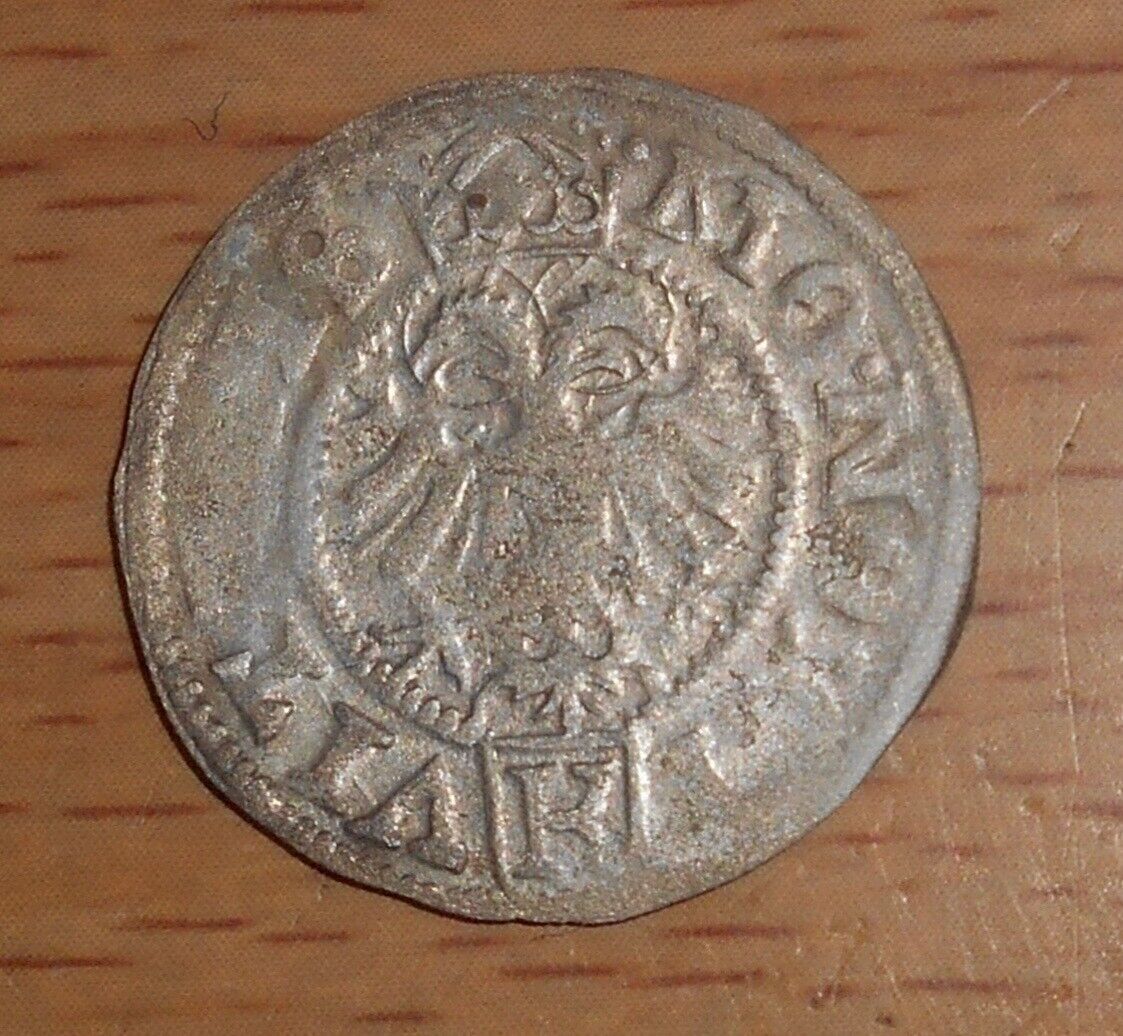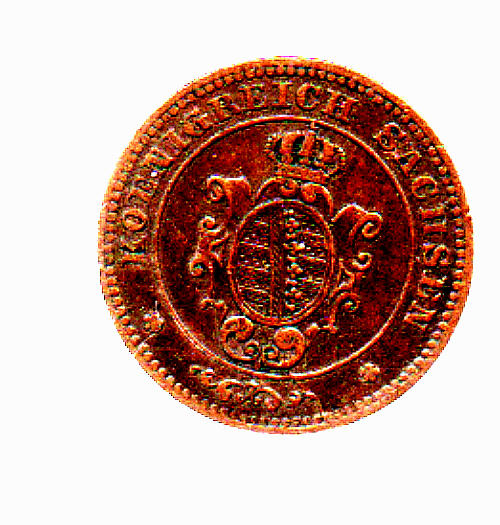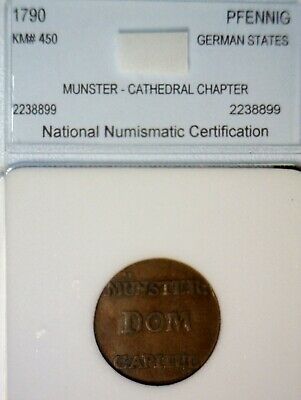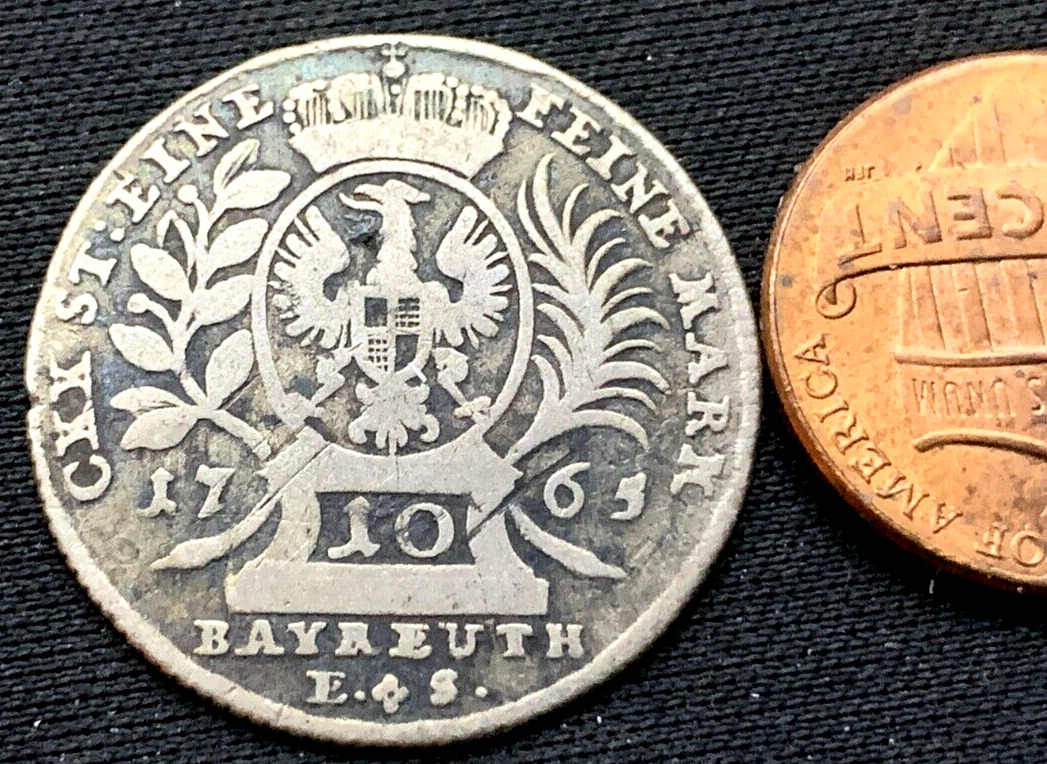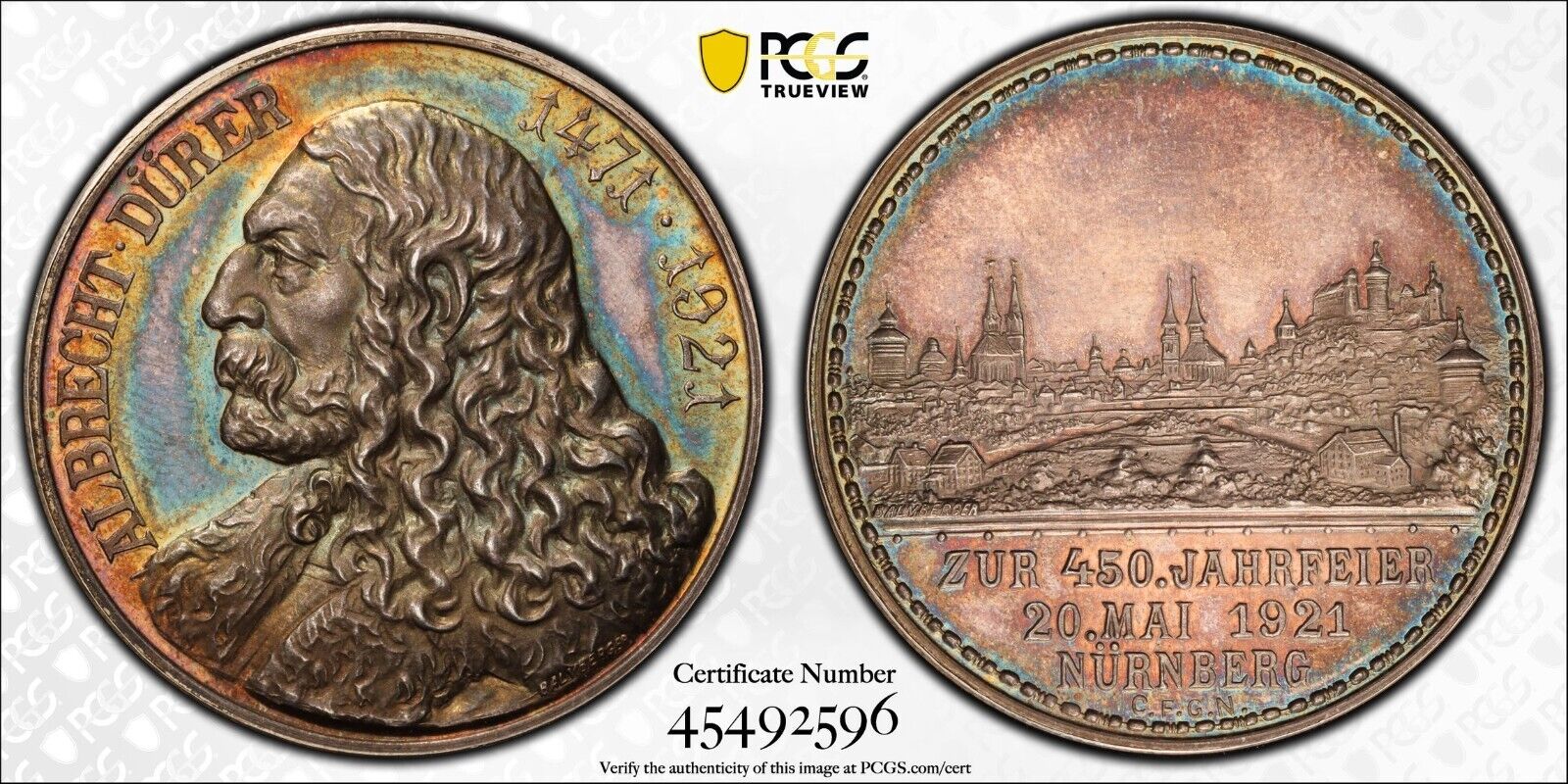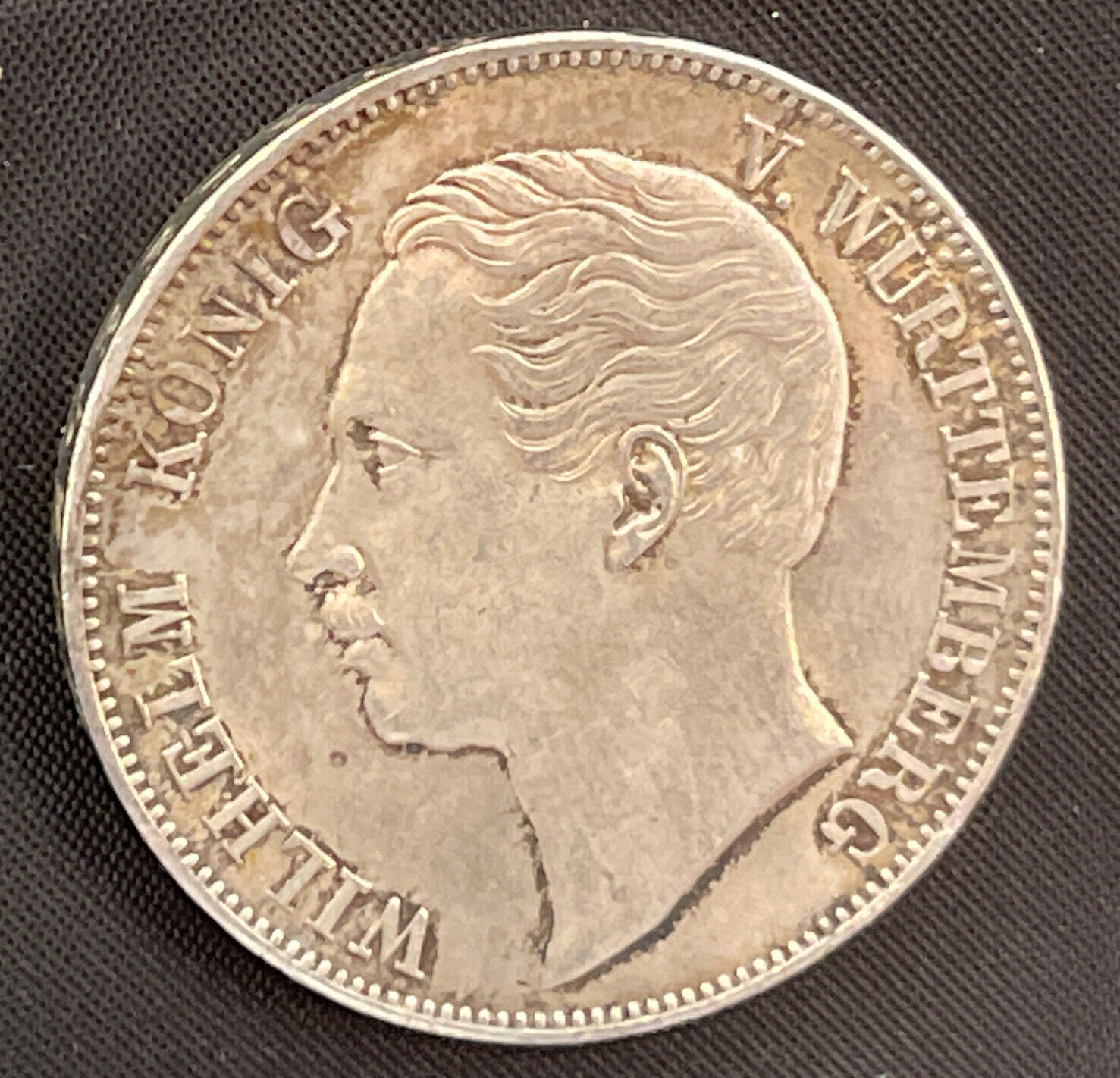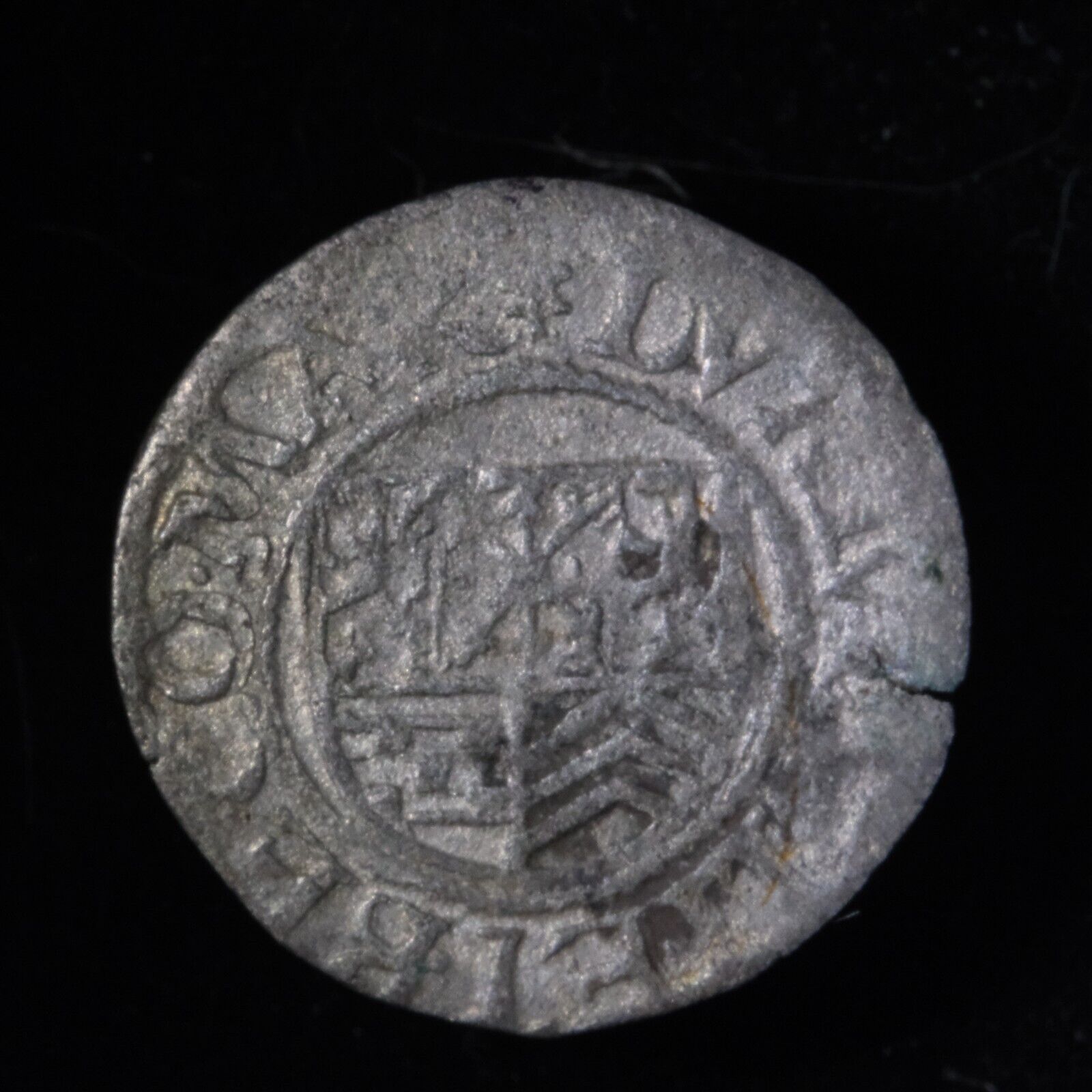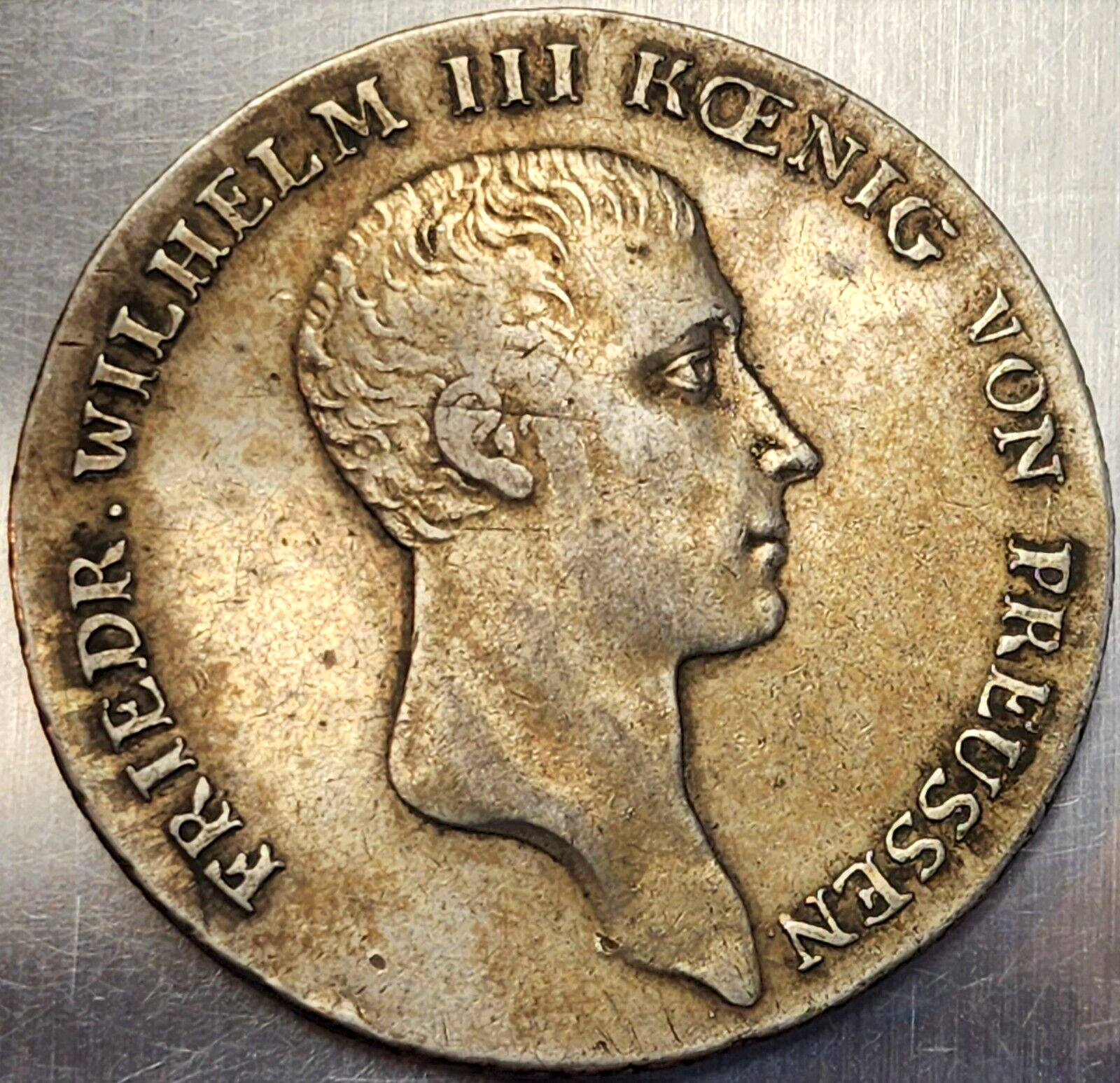-40%
1848, Frankfurt (Free City). Silver 2 Gulden "Vicariat Election" Coin. NGC MS61!
$ 174.58
- Description
- Size Guide
Description
CoinWorldTV1848, Frankfurt (Free City). Silver 2 Gulden "Vicariat Election" Coin. NGC MS61!
Struck on the election of Archduke John's as Vicar of the City!
Mint Year: 1848
Mintage: 36,000 pcs.
Condition:
Certified and graded by NGC as MS-61!
References: Thun 135, Kahnt 176, BST 421a, KM-338.
R!
Denomination: Double "Election" Gulden (2 Gulden) -
Election of Archduke John of Austria as "Reichsverweser" (imperial vicar) of Frankfurt City!
Material: Silver (.900)
Weight: 21.15gm
Diameter: 36mm
Reverse:
Double headed eagle of Frankfurt (City Arms).
Legend: * ERWÄHLT ZUM REICHSVERWESER ÜBER DEUTSCHLAND D.29 IUNI 1848
Obverse:
Legend in four lines "
Archduke John (Johann) of Austria
", two branches below.
Legend: * CONSTITUIRENDE VERSAMMLUNG I.D.F. STADT FRANKFURT 18.MAI 1848
At the height of the 1848 revolution the Frankfurt National Assembly appointed Archduke John of Austria as a regent (vicar or "Rechsverwalter") of the realm.. After the failure of the March Revolution of 1848, he resigned from this office in 1849.
Authenticity unconditionally guaranteed.
Bid with confidence!
Archduke John of Austria
(German:
Johann von Österreich
; January 20, 1782 - May 11, 1859) was the thirteenth child of Leopold II, Holy Roman Emperor and Maria Louisa of Spain. His son from a morganatic marriage was Franz Graf von Meran.
Johann was born in Florence, where his father Leopold ruled as Grand Duke of Tuscany. In 1790, Leopold became Emperor and moved his family to Vienna.
Archduke John had only been given basic military education before he was thrust into commanding the army in Germany in September 1800. He showed personal bravery, but was defeated badly at Hohenlinden on 3rd December 1800. After the peace in 1801, Archduke John was made General Director of the Engineering and Fortification Service, and later commander of two military academies. In 1805 he directed an able defence of several Tyrolean passes brought him the Commander Cross of the MTO. By 1808 he was pressing for the creation of a Landwehr and in 1809 he commanded the army in Italy (VIII and IX Korps) against Prince Eugene. Although initially successful, Archduke John was eventually beaten on the Piave and at Raab.
After losing his military ambitions, which had been forced upon him by his brother, Emperor Franz II, as a consequence of the defeat by Napoleon in Tyrol, he turned to Styria. In that duchy, he developed a great interest for nature, technology and agriculture. He collected minerals and was active as an alpinist and hunter. In his early days Archduke Johann and his brother Louis had the habit of travelling to France, where the latter married Madame de Gueroust.
In the history of Styria, he is remembered as a great modernizer and became an important figure of identification for Styrians. His proximity to the people is given evidence to by his many contacts with the common man, by wearing the local Tracht, the Steireranzug, and by collecting and promoting the material and spiritual culture of the country. In 1829, he married Anna Maria Josephine Plochl, the daughter of Jakob Plochl, the postmaster of Aussee, and wife Maria Anna Pilz, whose descendants were styled the "Counts of Meran" and "Barons of Brandhofen".
He was a passionate mountaineer and attempted to be the first to climb the Großvenediger. For that reason, the Erzherzog-Johann-Hütte (Adlersruhe) at the Großglockner, and the Archduke John's Vanilla Orchid (
Nigritella rubra
subsp.
archiducis-joannis
), an orchid growing on mountain meadows, are named after him.
In 1811, he laid the foundation for the Joanneum in Graz, the predecessor of Graz University of Technology. Some other foundations were initiated by him, such as the Styrian State Archive 1817, the
Berg- und Hüttenmännische Lehranstalt
, which was founded in 1840 in Vordernberg and became the University of Leoben in 1849, the Styrian Society for Agriculture 1819, the Mutual Fire Insurance, the Styrian Building Society, the
Landesoberrealschule
in 1845 und the Society for Styrian History in 1850.
By acquiring a tin factory in Krems bei Voitsberg and coal mines near Köflach he also became an industrialist.
In 1840, he bought the Stainz dominion, where he was also freely elected as mayor in 1850. He was already the lord of the Brandhofen dominion.
His routing of the Austrian Southern Railway from Vienna to Triest over the Semmering and through the Mura and Mürz valleys to Graz is particularly notable. Even though Johann did not consider himself a liberal, he promoted some liberal ideas. He was often in conflict with the Habsburg court, especially because of his morganatic marriage.
In 1848, the Frankfurt National Assembly appointed him regent of the realm. After the failure of the March Revolution of 1848, he resigned from this office in 1849.
Archduke Johann died in Graz in 1859. He is buried in Schenna near Merano (Italy). He was the great-grandfather of noted conductor Nikolaus Harnoncourt.
Only 1$ shipping for each additional item purchased!



